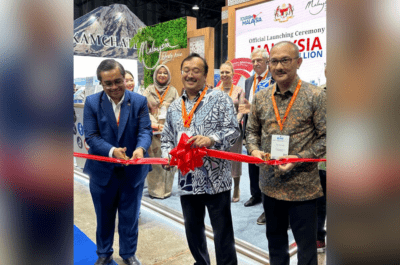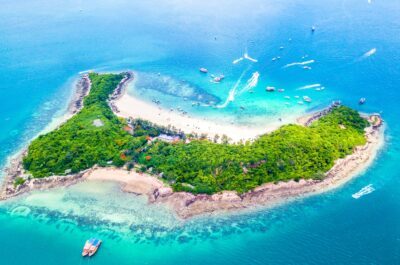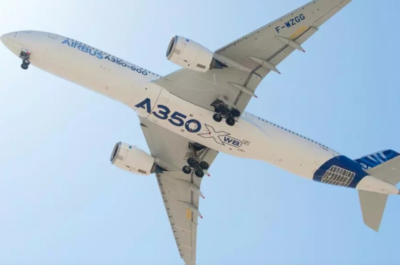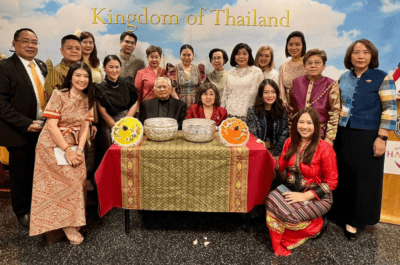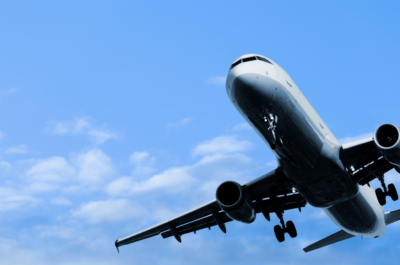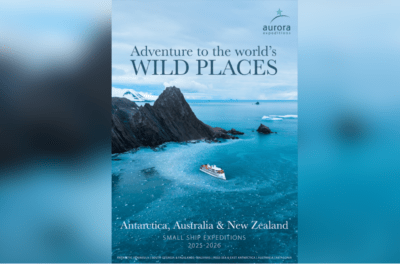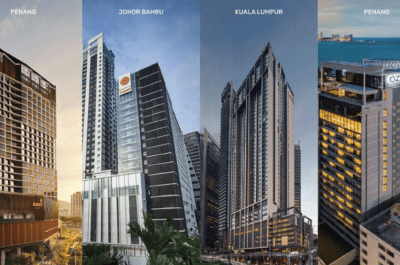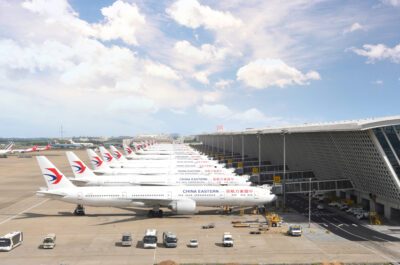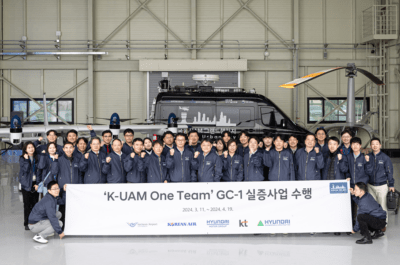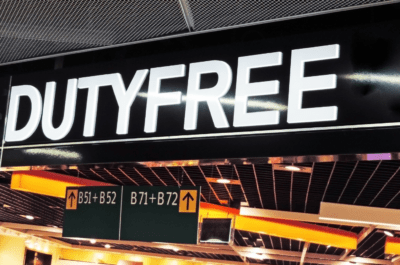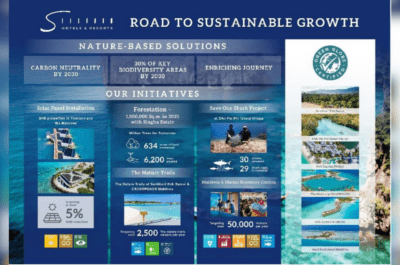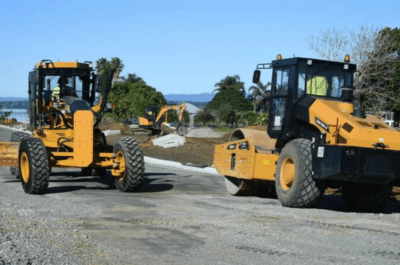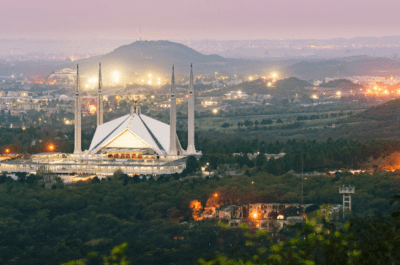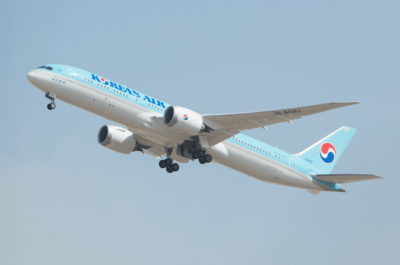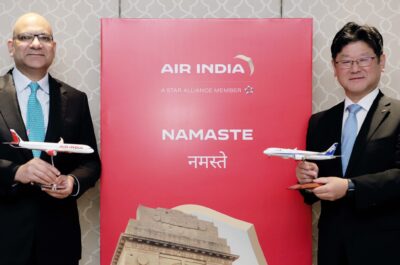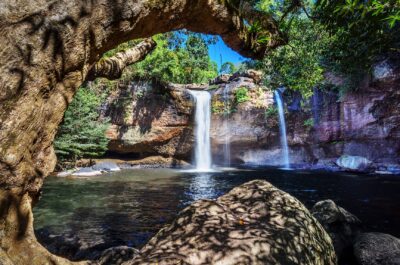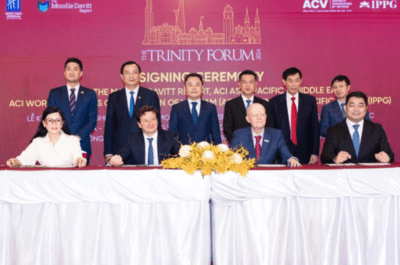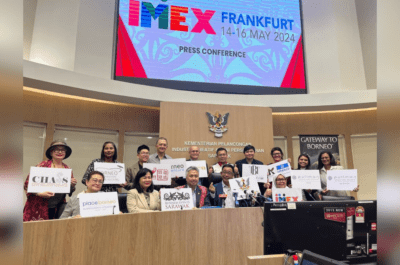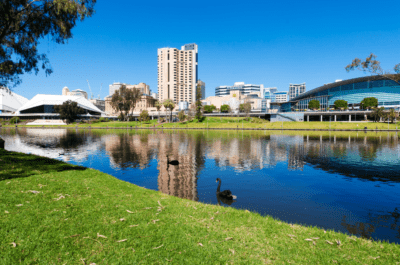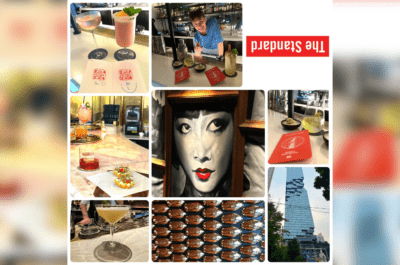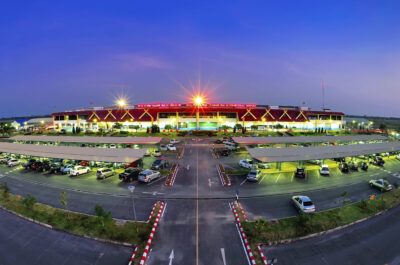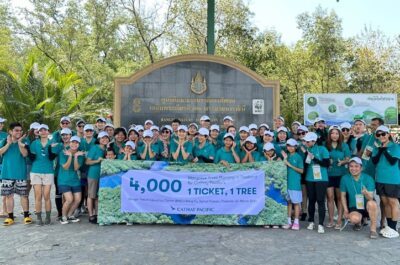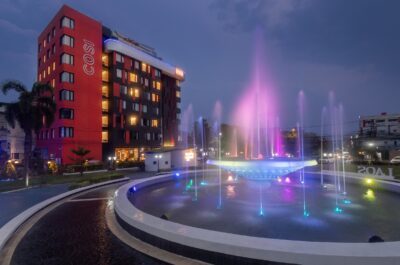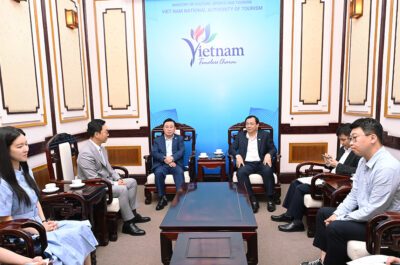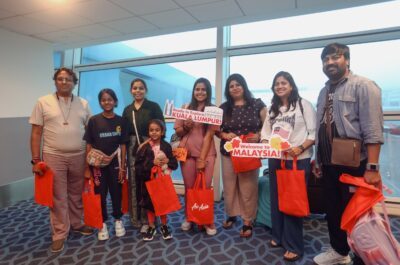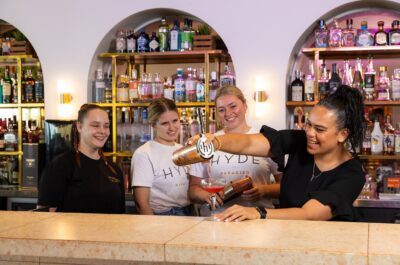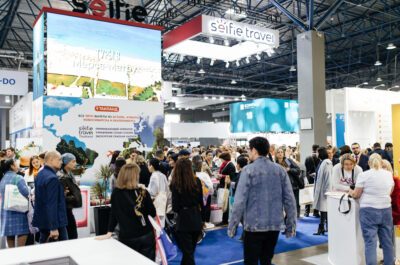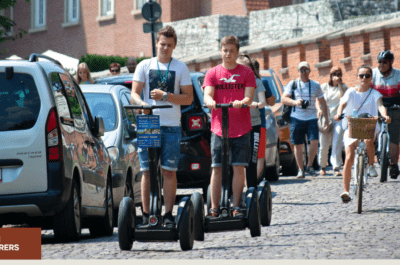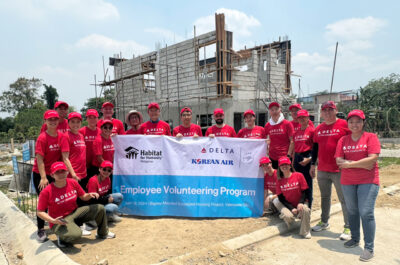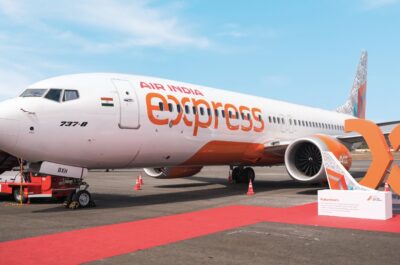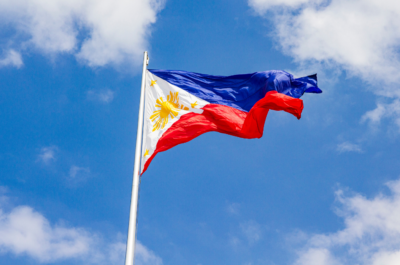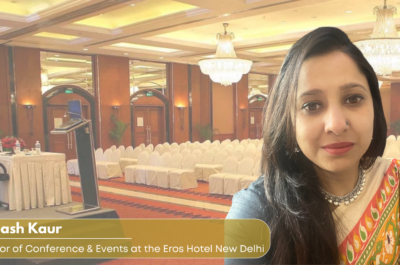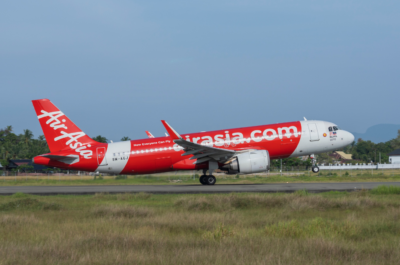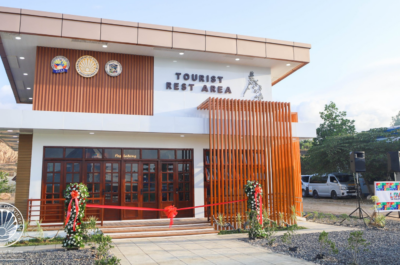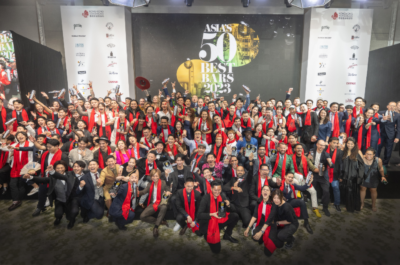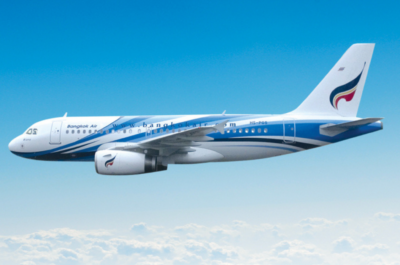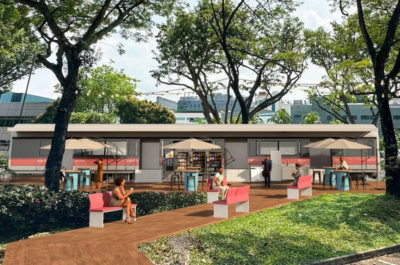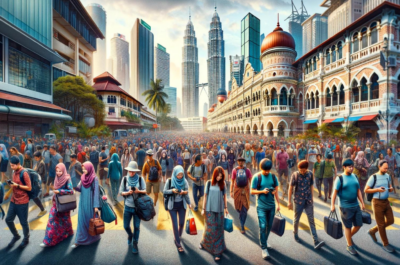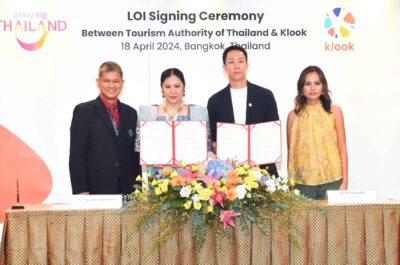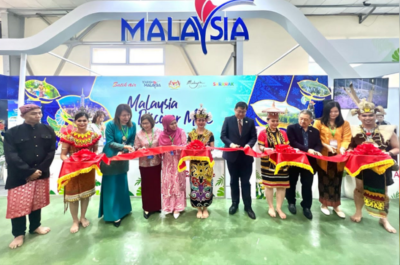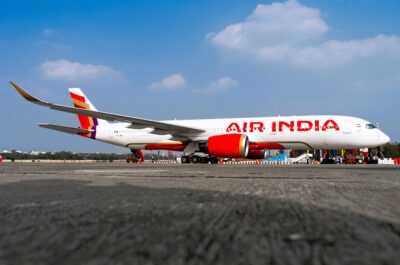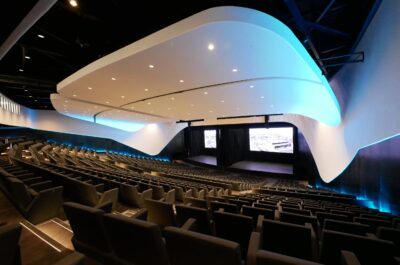…
 Srilal Miththapala is the current President of Tourist Hotels Association of Sri Lanka (THASL). He also is the Chief Executive Officer of Serendib Leisure Management Ltd.
Srilal Miththapala is the current President of Tourist Hotels Association of Sri Lanka (THASL). He also is the Chief Executive Officer of Serendib Leisure Management Ltd.
He has been associated with tourism industry for over two decades and has represented the industry and his company at various international and national forums. In this article he analyses the state of the Tourism Industry in Sri Lanka, and its potential, given the new scenario where Sri Lanka is today placed in.
With the ending of the war against terrorism, and Sri Lanka’s ground security situation rapidly returning to normalcy, there is certainly considerable focus and interest on the tourism sector, which is expected to bounce back very soon. In this context, it could be worthwhile perhaps to reflect upon the Sri Lanka tourism industry – its past, present and future.
1.0 THE PAST
1.1 Historical Perspectives
Sri Lanka’s has had a reputation for being a traveller’s paradise., There are records of ancient travelers having set foot on our island way back into the history and being overwhelmed by what they saw.
“This country is an oasis, prosperous and happy; it’s people are well-to-do; they all have received the faith, and find their amusement in religious music. – Fa Hien (414A.D)
“This, for it’s actual size, is better circumstanced than any other island in the world .. the island produces more beautiful and valuable rubies than found in any other place in the world…… In this island there is a very high mountain where the tomb of Adam, our first parent, is supposed to be found” – Marco Polo (1293 A.D)
“Dear me! It is beautiful” – Mark Twain (1890)
The Sri Lankan people themselves have had a reputation for hospitality and warmth, where even a stranger is often welcomed into their homes, without too much suspicion.
Tourism was recognized as an important industry in the early 1960s, and it was formalized through the Ceylon Tourist Board Act No. 10 of 1966, which was set up to promote and develop tourism in Sri Lanka, subsequently augmented by the Tourist Development Act No of 1968. It was late Mr J R Jayawardena, then the Minister of State, who laid the foundations for the development of Sri Lanka tourism along with Dr Anandatissa de Alwis. Since then, tourism has become a very important sector in the Sri Lanka’s economy. Successive governments have given tourism reasonable focus and emphasis, and often it has been called the ‘thrust industry’ of the economy.
Due to the serious security problems that Sri Lanka has faced due to its internal terrorism for past two and half decades, tourism has certainly had a rough, roller coaster ride.
A 40-year Roller Coaster Ride!

Ref. Tourist Hotels Association of Sri Lanka
1.2 World Tourism
May be it is worthwhile at this point to dwell briefly on the world tourism scenario. Tourism is the world’s largest and fastest growing industry, growing at a rate of over 6% and generating about 924 M international travelers in 2008. Worldwide earnings from tourism amounted to around USD 856 B for 2008, which is to about 10% of world’s GDP.
The most interesting fact is that major growth is seen, and forecast, for the Asian region, almost twice the rate of growth in industrialized countries. It is also important to note that tourism is a crucial contributor to the GDP of Asian countries.

World Inbound Tourism – International Tourist Arrivals
Source – World Tourism Organization
Arrivals to Asian countries have dramatically increased during the past 20 years with Malaysia (2000 in 10.0 M / 2007 in 21.0 M), Thailand (2000 in 10.0 M / 2007 in 14.5 M) and Singapore (2000 in 7.0 M / 2007 in 10.0 M) showing phenomenal growth. During the same period, Sri Lanka, once the envy of the South Asian countries, lagged far behind, due to its internal strife (2000 in 0.4M / 2007 in 0.5M).
International tourism receipts also grew exponentially in these countries with Thailand, Malaysia and Singapore recording over USD 10 B earnings p.a, while Sri Lanka languishes at around USD 400,000 pa.
The same pattern is reflected in the long term forecasts of the Pacific Asia Travel Association (PATA), where all Asian countries are expected to show over 6% growth, except Sri Lanka, which will show a negative growth.
Long Term Forecasts
|
Country |
2006 |
2008 |
2009 |
2010 |
06-10 AAGR (%) |
|
Bhutan |
17,342 |
24,703 |
27,501 |
30,512 |
15.17 |
|
India |
4,447,000 |
5,050,721 |
5,551,611 |
5,967,752 |
7.63 |
|
Maldives |
601,923 |
781,390 |
871,637 |
959,712 |
12.37 |
|
Nepal |
283,516 |
422,694 |
481,590 |
544,071 |
17.70 |
|
Pakistan |
898,389 |
1,053,869 |
1,124,918 |
1,192,731 |
7.34 |
|
Sri Lanka |
559,603 |
442,252 |
467,572 |
492,898 |
-3.12 |
|
Sub-Total |
6,807,773 |
7,775,629 |
8,524,829 |
9,187,676 |
7.78 |
Ref: PATA Tourism Forecasts 2008-2010
Of course, all these forecasts were made prior to 2008 world economic crisis and also before the terrorist war in Sri Lanka come to an end. The long term forecasts for Sri Lanka, post war, will definitely show a dramatic upward trend.
Top international tourism destinations 2007 by country
| Rank |
Country |
International tourist arrivals |
|
1 |
France |
81.9 million |
|
2 |
Spain |
59.2 million |
|
3 |
United States |
56.0 million |
|
4 |
China |
54.7 million |
|
5 |
Italy |
43.7 million |
|
6 |
United Kingdom |
30.7 million |
|
7 |
Germany |
24.4 million |
|
8 |
Ukraine |
23.1 million |
|
9 |
Turkey |
22.2 million |
|
10 |
Mexico |
21.4 million |
|
11 |
Malaysia |
21.0 million |
|
12 |
Austria |
20.8 million |
|
13 |
Russia |
20.2 million |
|
14 |
Canada |
17.9 million |
|
15 |
Hong Kong |
17.2 million |
|
16 |
Greece |
16 million (2006) |
|
17 |
Poland |
15.0 million |
|
18 |
Thailand |
14.5 million |
ref: Wikipedia (www.wikipedia.com)
1.3 World Economic Crisis
The impact of the world economic crisis on world tourism was felt towards the latter part of 2008, which saw forecast growth of 6%, plummet down to a year end of 2%. The forecast for 2009 is 0% at best, with a possible negative growth of 1-2%. The economic crisis is having some what of a different impact on the tourism sector, since it is not the desire to travel that has been stifled, but it is whether one can afford to spend on travel. This is in line with the grass root behavioural theory of Maslows’ hierarchy of needs, where a person would postpone discretionary and recreational, expenditure in a situation like this, where basic security needs (such as employment) are in jeopardy.
The emerging trends are that closer destinations, including domestic travel, is being favoured to long haul. Segments such as Honeymoons, Weddings, Visiting Friends and Relatives (VFR), repeat visitors, special interest and independent travelers, are expected to be more resilient. Average stay is expected to decline, and destinations offering value for money with favourable exchange rates will have an advantage, as price becomes a key issue.
2.0 THE PRESENT
2.1 Occupancy and Forex earnings
Sri Lanka tourism has therefore, been buffeted by internal and external crisis, and the fact that it is still continues to be buoyant, speaks volumes for the resilience of the industry. For the past three years, there has been an year on year drop in arrivals of 11.7% and 11.2% respectively. All major generating markets have shown steep declines, including Germany, UK, India, and Benelux.
In spite of all these tremendous odds, the industry has still continued to maintain its position as Sri Lanka’s forth largest foreign exchange earner, next to Textile and Garments, Tea, and worker remittances. In this context, it should be high lighted that unlike other foreign exchange earning sectors, tourism is almost a 100% value added industry.
Sri Lanka’s Largest Foreign Exchange Earning Sectors

Ref. Central Bank of Sri Lanka
2.2 Impact on Livelihoods
Another little known factor regarding tourism is the impact it has on the livelihoods on common people. Although the industry has only close upon 60,500 directly employed staff, there is large indirect work force engaged in the informal sector. This includes;
- Suppliers of vegetable/ fish/ meat / dry food etc
- Suppliers of chemicals and additives for pools and laundry equipment
- Suppliers of stationary
- Suppliers of miscellaneous food and beverage and kitchen consumables
- Suppliers of maintenance, equipment, spare parts etc
- Bands, entertainers, magic shows etc
- Suppliers of tourism souvenirs, such as wood crafts, silverware, batiks etc
- Beach vendors and beach operators
- Transport providers including hire of busses, cars, vans and three wheelers
It is estimated that this informal sector could be as much as three times the formal sector. Thus, it can be safely concluded that some 240,000 people are directly and indirectly involved with the tourism industry. If one were to assume four persons to a family, the number of dependants on tourism would them be close upon 1M persons.
It is evident therefore, that tourism in Sri Lanka has a profound effect on the large informal sector. It is pertinent to note that this indirect sector will flourish and thrive, only when the direct sector (large hotels) successfully attract larger number of tourists.
2.3 Tourism Plant and Investment
To day, the tourism hotel plant in Sri Lanka has close upon 14,700 rooms, spread over all star categories and newer boutique hotels. The entire tourism investment is private sector funded and on a replacement cost base, depreciated by 25%, the value of the investment in the hotel plant to day is very approximately estimated to be in the order of Rs.95 billion (USD 834 M) at the very minimum (without considering the value of land) (Ref. Tourist Hotels Association of Sri Lanka).
2.4 Tourism Associations
There are several associations representing different segments of the tourism industry. The largest and the most important is the Tourist Hotels Association (THASL), which had its inception way back in 1965, the oldest tourism association in Sri Lanka. THASL is a very important member on all forums affiliated to the Ceylon Chamber of Commerce and has regular dialogue with the government ministers and Sri Lanka Tourism regarding the establishment of policies and formulating development plans. Currently its membership stands at 159 hotels, close to 65% of all registered hotels in Sri Lanka. Almost all Sri Lanka tourism stalwarts such as George Ondaatje, Prof. M T A Furkhan, late Gilbert Jayasuriya, Prema Cooray and Herbert Cooray have held the post of President of the Association.
In addition to THASL, Sri Lanka Inbound Tour Operators (SLAITO) is the other major organization involved in providing all the ground handling and logistics for the tourists. They play an important role in the delivery chain.
Apart from THASL and SLAITO, there is also the Ceylon Hotel School Graduates Association (CHSGA), Travel Agents Association of Sri Lanka (TAASL), Association of Small and Medium Enterprises in Tourism Sri Lanka (ASMET), Institute of Hospitality (IH). There are plans underway now to create a central body, under which umbrella all these associations will be affiliated.
2.5 Tourism Reforms
Almost 100% private sector owned and operated, the tourism sector of Sri Lanka, has no doubt been one of the most resilient of all sectors of Sri Lanka’s economy. It is primarily due to the efforts of the private sector that the industry has managed to face up to all adversities, both internal and external, that it has been buffeted with, for the past 25 years. Several years ago, an idea was mooted to incorporate the private sector more in the decision making for development and promotion of Sri Lanka Tourism. The private sector was quite convinced that they should be a part of the decision making system in marketing and promotion of the destination, since they were the professionals, who understand the business better than career administrative government officers. This is the concept followed in many Asian destinations.
in this backdrop, almost a decade ago, the private sector initiated the idea of a separate Tourism Authority, which will be vested with the power to manage, promote and develop tourism in Sri Lanka, where the private sector will play a lead role, in partnership with the government. Successive governments discussed this proposal with all stakeholders, and after a long and arduous process, a final draft of a new tourism act was agreed upon by all stakeholders in the Parliament. Consequently, this draft was gazetted on the 16th of September 2005 and the new Tourism Act No. 38 was presented to Parliament in November 2005. This legislature was unanimously approved in parliament, and the Speaker signed the notification thereafter. However, there were some delays in the Act becoming law, and it was only in October 2007 that it finally became a reality.
Since the private sector did not expect the government to allocate large budgets for tourism promotions in the country, they also came up with the idea of the collection of a CESS, amounting to 1% of the turn over from all registered tourism establishments. This together with 1/3 of all embarkation levies, was to be provided directly to the new Tourism Authority for the funding and operations of the new entities and related bodies. This was legislated by the Finance Act No.25, which together with the new Tourism Act No. 38 of 2005, provided for the establishment of separate independent bodies, having their own board of directors comprising private sector and public sector members, to manage different aspects of Sri Lanka tourism industry.
Boards of Management appointed under The New Tourism Act

Ref. Tourist Hotels Association of Sri Lanka
This is turning out to be one of the successful public / private sector partnerships that has been implemented and is working reasonably well. There are certainly some frustrations and learnings for both the public sector and private sector individuals understating each others view points. However, under the current leadership of the Minister of Tourism, Hon. Milinda Moragoda and the Deputy Minister Hon Faizer Musthapa, the entire process is moving positively forward.
3.0 THE FUTURE
3.1 New Sri Lanka Tourism Brand
One of the first tasks that the new Sri Lanka Tourism Promotion Bureau (SLTPB) undertook was revisiting the entire branding of the country. A very comprehensive process of redeveloping the brand was undertaken with the guidance of a foreign facilitator, and with the participation of all stakeholders, supported by some market research. From these deliberations it transpired that the existing ‘Land like no other’ positioning did not quite capture the mystic of a island destination, which the research indicated, would be a more unique aspect to highlight. From this, it was concluded that the unique selling proposition and the emotional aspect of Sri Lanka would be ‘Asia’s most treasured island’. The desired consumer perception is “Its friendly people truly combine these rich and diverse treasures so amazingly concentrated in this small island to provide the most pleasant and diverse holiday experience no other Asian destination could so conveniently offer”. The thinking was that this positioning would stand out from the competition and that we will be able to create a unique differentiation for Sri Lanka.
|
Top of the mind awareness |
|
|
India |
Incredible India |
|
Malaysia |
Truly Asia |
|
Kerala |
Gods own Country |
|
Sri Lanka |
Treasured / Magical island of Asia |
The main brand attributes would be Diversity (Seeing -Being), island, situated in Asia and authenticity.
The two central attributes of the brand would be ‘seeing’ (visual, diversity) and ‘being’ (the experiential factor). The Brand foundations are ‘traditional’, ‘natural’, ‘simple’, ‘unspoiled’, ‘rooted’, ‘inimitable’, ‘ethical’, ‘sustainable’ and ‘unique’. The final ‘branding’ was tested among a sample set of prospective travelers by a reputed international research company.
On this basis, the new logo and tag line developed was ‘Sri Lanka – Small Miracle’
Very coincidently, all this preparatory work had been done and the new brand was originally scheduled to be launched around May / June. The dramatic conclusion of the war and the change in the country’s perception to the outside world in May, has given Sri Lanka Tourism a wonderful and unique opportunity to now unveil the new branding, at an extremely opportune moment to portray a new and reawakened Sri Lanka.
3.2 Prospects
Currently, there is tremendous euphoria in tourism and many believe that tourism will be one of the important beneficiaries of the post war scenario.
This is certainly true and already there is tremendous goodwill from foreign tourism partners and pledges of support. There are inquiries beginning to trickle in from new operators and requests from existing operators to secure allotments early. All these are very positive indicative signs. However, there are several aspects that one must carefully consider and take into account to establish the ground reality of the revival.
3.3 Occupancy
Airline capacity to Sri Lanka is limited, with many of the regular international carriers having suspended their operations to Sri Lanka, many years ago, due to the prevailing security situation and subsequent low traffic. With the change in climate, certainly the equation of supply and demand will come into play (seat capacity) and certainly more carriers will look at Sri Lanka more favourably. Group tour operators will also consider restarting charter services, many of which had been also suspended. However, all such arrangements cannot happen overnight. Airline agreements and schedules and availability of air craft, has to be planned and arranged in advance, which would take at least 6-8 months lead time, after there is very definite increase in demand.
Hence, although Sri Lanka will be seen as safe, value for money destination, and even if there are tourists who want to visit Sri Lanka in larger numbers, initially there will be a shortage of flight capacity which will hinder growth in the short term. A more liberal air policy and improved facilities at the International Airport will help hasten this growth.
3.4 Rates
The Sri Lankan market, for the past 20 years, has been a ‘buyers market’, predominantly dominated by group traffic oriented tour operators, who procure rooms well in advance (6-8 months) at bulk prices (which obviously would be at heavy discounts). Hence a good proportion of the tourism plant was already have been sold at ‘war rates’ (heavily discounted) for the next 6-9 months. Since these are contracted foreign sales which cannot be now changed, one cannot see a dramatic increase in the rate structure in the short term.
However, in 2010, when the next round of contracting begins, one can expect hotel rates to begin rising after several years of stagnation. However, hoteliers must act with caution and implement increases in a gradual manner without being too greedy and getting out priced in the world market.
3.5 Competition
It is a known fact that although Sri Lanka Tourism continued to be resilient and kept its head above, our Asian neighbors have continued to prosper and develop. Therefore, the quality of the Sri Lanka Tourism product has lagged far behind its competitors and it can be a safe bet to conclude that Sri Lanka has lost out at least 10 years to its competition.
Therefore, there is much ‘catching up’ to do, Rooms have to be refurbished and upgraded, facilities to be improved and systems modernized. The aging transport facilities needs to be completely re-vamped. All these will require further investments. The THASL has already commenced discussion with the Ministry to lobby, the government for short term time – bound incentives to improve the hotel and tourism infrastructure.
3.6 External Influences
While Sri Lanka is basking in its new freedom from terrorism, and euphoria prevails, one must not forget that the global financial crisis still prevails out there.
Although this is having an great impact on tourism in general, the sudden ‘opening up’ of a value for money, exotic destination, now very well known (albeit sometimes for different reasons!) around the world, could still draw in the smaller segment of die-hard travelers out there.
3.7 Market Mix
As indicated earlier, Sri Lanka has had to depend primarily on the group traffic segment in the past (approximately 70% of all leisure travelers). This has resulted in pricing being kept at the lower end, with the hope of driving volume. Certainly, there will be an initial spurt of pent-up demand, which will drive arrival figures up in the next 12 months.
However, in the long term, careful adjustment of the market mix will have to take place. The more up-market larger hotels and boutique hotels will have to re-adjust their prices upward and attract the more discerning independent traveler, so that Sri Lanka can move into a better mix of high spending, discerning individual travelers and volume driven group travelers.
3.8 Challenges
As indicated, in the short term, tourism numbers will increase, due to the pent-up demand for the destination. However, in the long term, for Sri Lanka Tourism to mature and blossom out, there are several challenges that has to be faced.
- The East will have to be opened out and developed as a proper tourist destination and not allowed to grow in a haphazard way as earlier. Areas will have to be zoned and proper development of different tourism facilities must be undertaken on the fast track.
Tourism is a peace industry, and can play a major role to build confidence and the social well being of the people in the conflict areas.
- Internal air transportation facilities will have to be re-established and developed to provide a faster and convenient method of movement.
- The deteriorated rail services will have to be re-vamped and expanded with the tourism in mind. High speed rail service from the airport to at least to the major cities, must be provided.
- Due to the years of strife, the tourism has not been seen as a lucrative career for young people. This certainly will begin to change, and decentralized facilities must be provided to train and develop tourism professionals, ranging from skilled level to management level to meet the future demands.
- Despite the external economic crisis, there will be interest in investing for tourism in time to come. The environment for investment must be stimulated with incentives, and approval process must be speeded up and streamlined.
4.0 CONCLUSION
There is no doubt, that Sri Lanka Tourism today is poised to reap the benefits after 25 years of strife with definite hope and bright prospects on the horizon. It is time for all tourism professionals to energize themselves, unite and work towards the development of this very exciting industry, which many believe is mooted to be the next Bali.

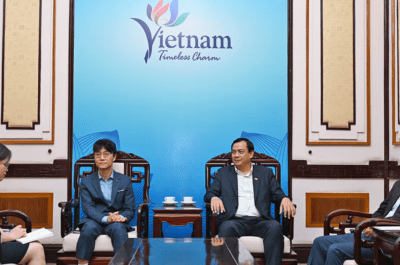

![[PR] PR_Ascott and Vimut Hospital_2024](https://www.traveldailynews.asia/wp-content/uploads/2024/04/PR-PR_Ascott-and-Vimut-Hospital_2024-400x265.jpg)
